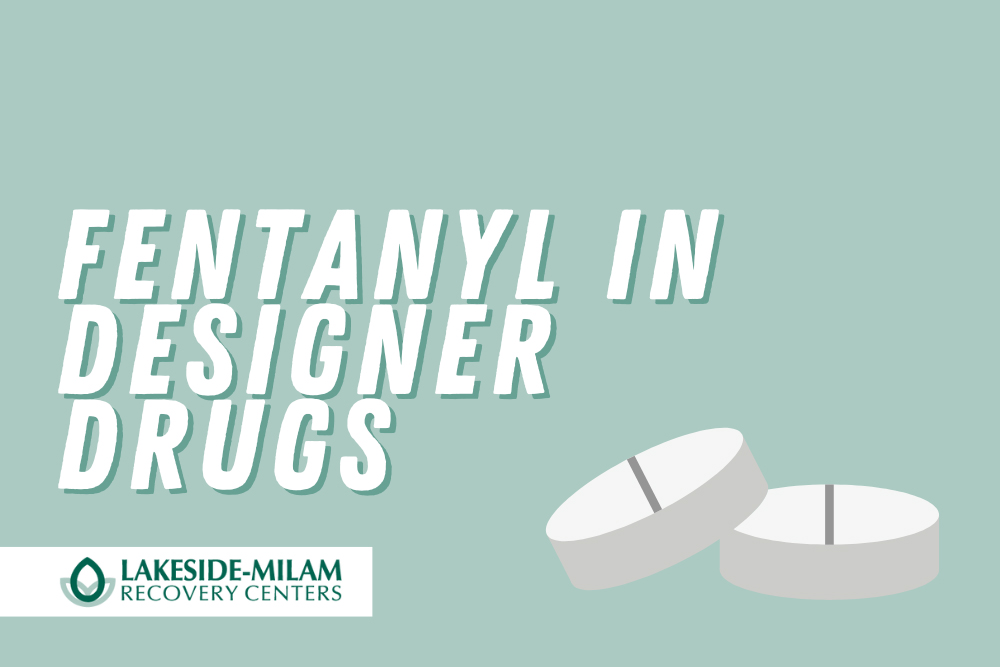Fentanyl is a prescription painkiller that is more potent than morphine and heroin. Like all opioids, it binds to receptors in the brain, causing effects like euphoria and relaxation. Illegal drug traffickers synthesize fentanyl in labs and then add it to heroin, cocaine, methamphetamines, and other substances to make their products stronger and cheaper to produce.
Fentanyl Is Leading a Surge of Accidental Overdose Deaths
In 2021, the number of drug overdose deaths in the United States surpassed 100,000. Illicit fentanyl accounted for over 64,000 of those deaths, which have doubled since 2019. Most fentanyl in the North American drug supply comes from Mexican drug cartels. Often, they smuggle it across the border by making powdered fentanyl look like legal prescription pills such as Xanax, Adderall, or oxycodone.
Since fentanyl can resemble many other substances, most people who take it outside a controlled hospital setting do so unknowingly, assuming they are using a different drug. Unfortunately, even a small amount of fentanyl can cause respiratory failure, which is the most common cause of overdose death.
In recent years, a “designer drug” called acetyl fentanyl has made national headlines. It’s a white, powdery substance often sold as heroin, though it is more powerful and carries a higher potential for abuse and addiction. Since there are no currently approved medicinal uses for acetyl fentanyl, it is illegal to buy, sell, and use.
What Are Designer Drugs?
Drug manufacturers work hard to stay one step ahead of the law, tinkering with chemistry until they find a new molecular compound that creates a desirable high. The U.S. Drug Enforcement Agency defines a designer drug as any synthetic substance made to mimic the effects of drugs like cocaine, marijuana, or hallucinogens.
Some people who take designer drugs may be curious about the effects of different chemical compounds after becoming physically or psychologically dependent on more commonplace substances. Others may be trying to evade drug tests or skirt the law. However, experimenting with new and unknown designer drugs can be dangerous. Since these synthetics are not subject to quality control standards or governmental oversight, batches can be inconsistent, with risks that are difficult to predict.
Seeking Help for an Opioid Addiction
People who have built a tolerance to opioids may be eager to try unfamiliar, unreliable substances in pursuit of a more satisfying high. This willingness to gamble with obscure and illicit drugs is a potential warning sign of addiction. Another hallmark of problematic drug use is experiencing uncomfortable withdrawal symptoms when trying to quit.
If you rely on opioids, getting sober on your own can be challenging due to the multiple mental, physical, and emotional factors involved in the disease of addiction. At Lakeside-Milam, our clinically trained team has helped more than 100,000 people recover from the adverse effects of drug use on their bodies and brains. Medical supervision, counseling, and education provide a stable foundation for lifelong recovery. To learn more about what we offer at our seven locations in western Washington, connect with us today.






